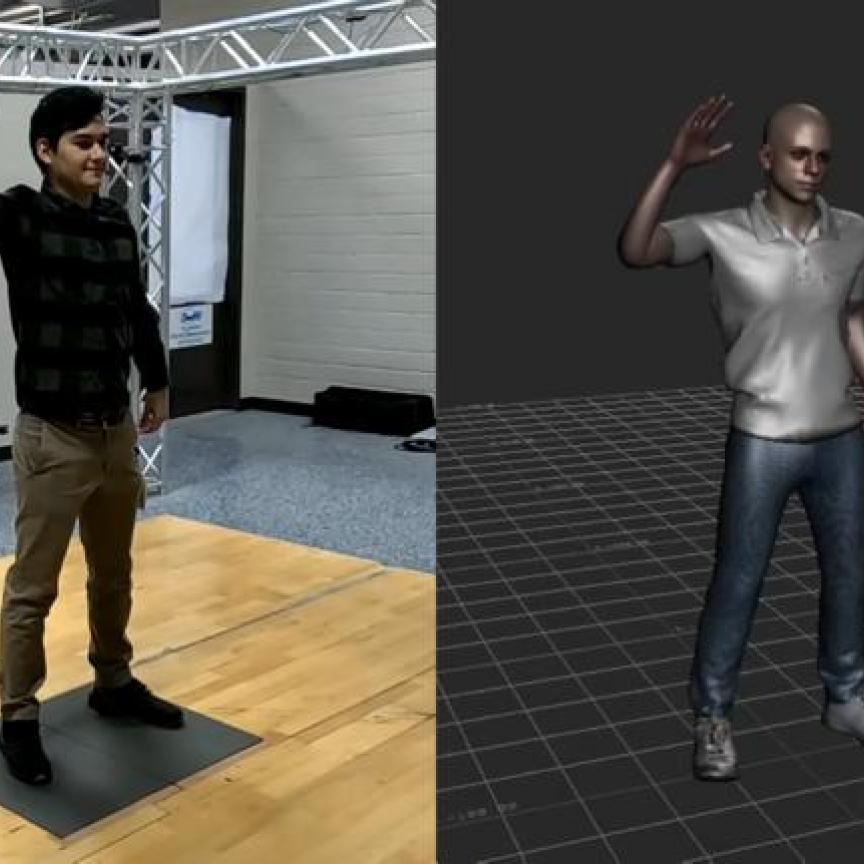Teledyne DALSA, a Teledyne Technologies [NYSE:TDY] company and global leader in machine vision, is pleased to announce SaperaTM Vision Software Edition 2020-09 is now available. The latest Sapera Vision Software suite includes Sapera Processing and the new AstrocyteTM graphical application for artificial intelligence (AI). The software suite offers field-proven image processing and artificial intelligence functions to design, develop and deploy high-performance machine vision applications.
This latest version of Sapera Vision Software includes AstrocyteTM 1.0, a new AI-based graphical application dedicated to training neural networks on 2D images for a wide range of applications. Through its highly flexible graphical user interface, users can train neural networks to perform classification, object detection, segmentation and noise reduction on existing images. Astrocyte can then export models to Sapera Processing for integration into a final application. Sapera Processing 9.0, the new version of Sapera Processing library, will provide classes for AI inference and enable importing models from Astrocyte for execution into the user application.
“Astrocyte is the perfect tool to bring an AI application to production quickly while preserving data privacy. Customers will be able to import training images, train a neural network and export a model file to their user application in just a few mouse clicks,” said Bruno Ménard, Software Director for Teledyne DALSA.
The new version of Sapera Vision Software is ideal for applications such as surface inspection on metal plates, location and identification of hardware parts, detection and segmentation of vehicles and noise reduction on x-ray medical images.
Astrocyte Key Features
- Based on Graphical User Interface for rapid application development
- Training deployed on user PC for full privacy with no need to share data on cloud.
- Multiple deep learning architectures for a wide range of applications
- Visualization of model performance with numerical metrics and heatmaps
- Export of model file to interface with Sapera Processing for runtime inference
Genie Nano-1G and Lumenera Lt series
Teledyne Imaging is also pleased to announce the extension of its Teledyne DALSA Genie Nano-1G Camera Series and Teledyne Lumenera Lt Series USB3 cameras based on third generation Sony® Pregius® Global Shutter CMOS sensors. The latest cameras are capable of large full well capacity and bring increased dynamic range to the Genie Nano-1G and Lt Series camera portfolio. This, in combination with larger pixel sizes, allows for high levels of detail in low light environments.
Ranging in resolution from 0.5 to 7.1 million pixels, the cameras take full advantage of the unique High Conversion Gain provided by these new Sony Pregius sensors. This allows the cameras to obtain clear images by capturing more light without introducing high levels of noise.
“The expanded Genie Nano-1G and Lt Series USB3 cameras provide excellent performance and image quality for general machine vision applications like high-speed factory automation, and they excel in applications where lighting is low or varied,” said Manny Romero, Senior Product Manager for Teledyne DALSA and Teledyne Lumenera. “The third generation Sony Pregius sensors also complete the overall migration from CCD to CMOS technology.”
Both series are engineered to deliver high dynamic range with low read noise for a variety of demanding applications ranging from traditional machine vision to high-speed industrial automation, to Intelligent Traffic Systems (ITS) and aerial imaging.
Key Features:
- Six new GigE Vision models in both color and monochrome versions with TurboDrive™ for faster output
- Six new USB3 Vision models in both color and monochrome versions
- Large full well capacities (up to 100Ke) resulting in high dynamic range, coupled with larger pixel sizes for performance in a wide variety of lighting conditions
- Integration of Sony Pregius’ third generation sensors (IMX428, IMX430, IMX432, and IMX433) into Teledyne Imaging’s feature rich camera families
- Both series support advanced camera features in a compact form factor for easy integration

